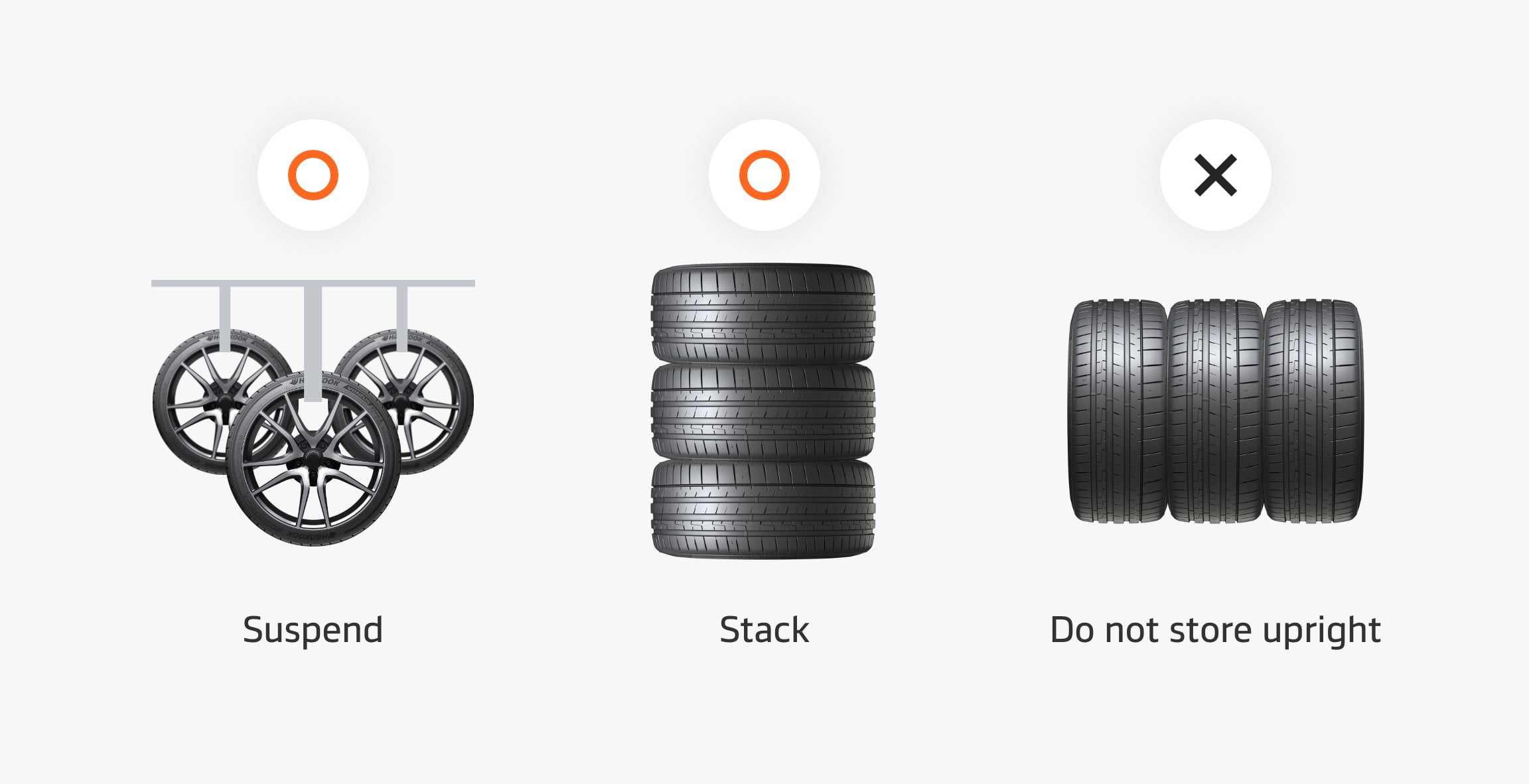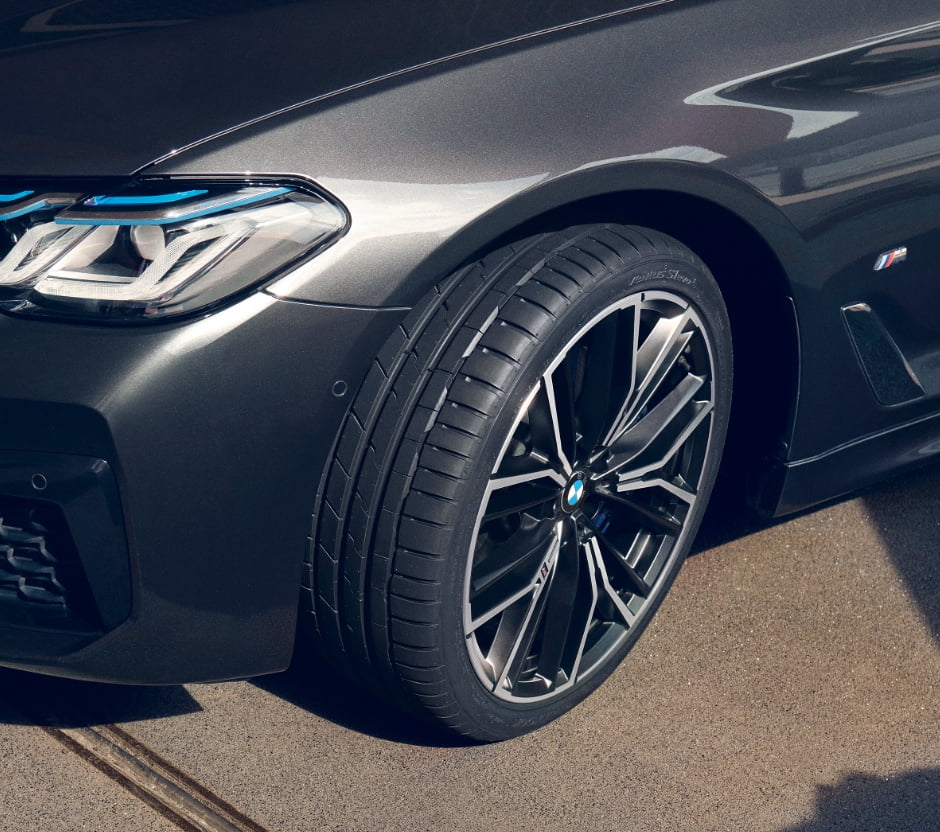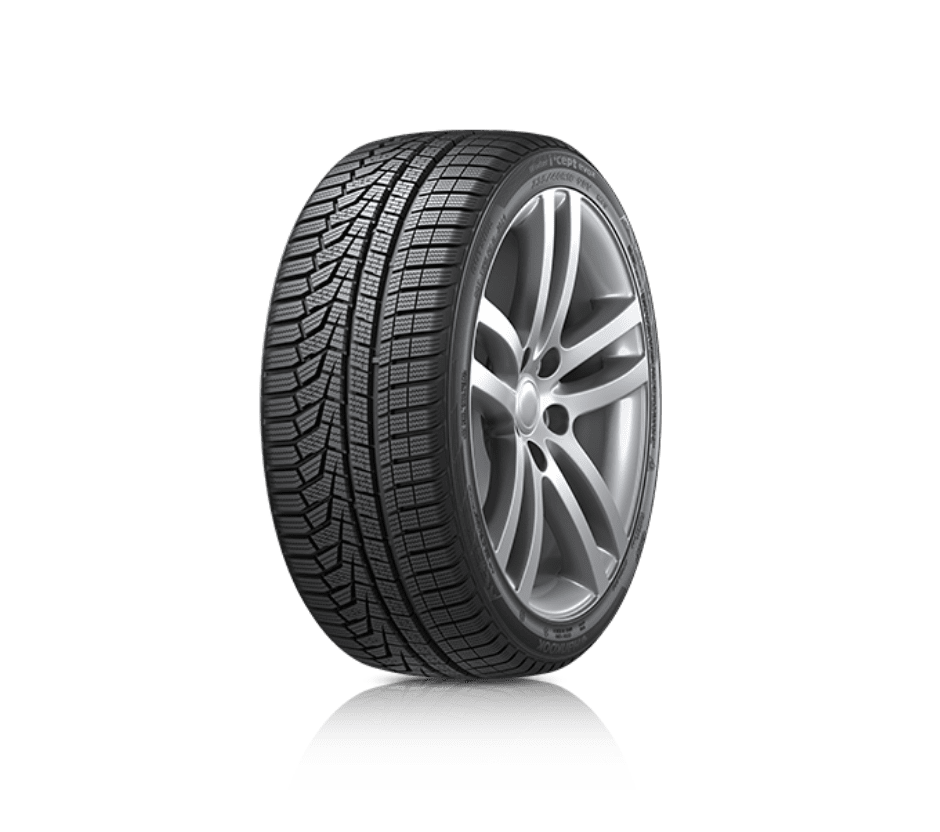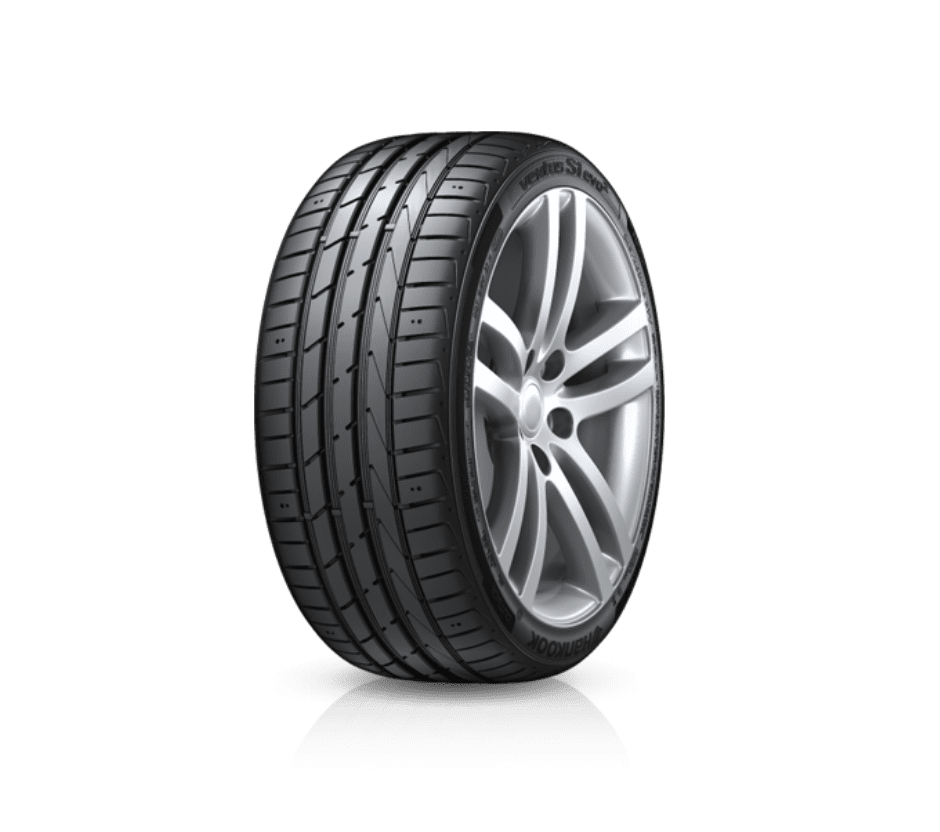The premium performance all-season tire
Importance of Tire Pressure
-
Optimum air pressure should be maintained to ensure safety, driving performance, tire life and fuel cost.
-
Tires have been known to lose up to one pound per square inch (psi) every month. It is important to check all tires, even the spare, at least once a month or before a long trip. Tires have been known to lose up to one pound per square inch (psi) every month.
-
in case of severe tire worn out : How to check tread wear.
-
Optimum air pressure should be maintained to ensure safety, driving performance, tire life and fuel cost.
-
Tires have been known to lose up to one pound per square inch (psi) every month. It is important to check all tires, even the spare, at least once a month or before a long trip. Tires have been known to lose up to one pound per square inch (psi) every month.
< Driver’s side door >
How to Check Tire Pressure
-

Step 1
Purchase a certified air pressure gauge or take your vehicle to a nearby service center or fuel station for a check-up.
-

Step 2
Tires must be checked in a “cold” state (at least three hours after driving).
-

Step 3
Insert the gauge into the valve.
-

Step 4
Grow with customers through development of new technology and creation of high value added products.
* If the measured figure is higher release air until the figure matches what is listed on the car door.
* If the measured figure is lower insert more air until the figure matches what is listed on
Aspects of Wheel Alignment
Periodic tire rotation helps extend the life of yourtires and improve performance levels. For your safe driving and saving money please refer to the rotation method below.
- Caster
- Camber
- Toe
- VideoTab
- VideoTab2
To find out more information click one of the three options below.
Video
Lorem ipsum dolor sit amet consectetur adipisicing elit. Commodi ex, adipisci, consectetur exercitationem numquam recusandae accusamus explicabo sit, quidem nostrum dolores odit repellat temporibus sapiente libero corrupti fugiat blanditiis. Debitis.

Camber
The camber prevents tire abrasion and increases steering manipulation. According to the angle at which the top or bottom portion of a tire pulls inward or outward when the car is on a flat surface, there are three types of camber: positive, negative and neutral. With the development of suspension and auto technology, most vehicles today have negative camber. In the case of negative camber, the car tilts when cornering due to centrifugal force. The outer tires area of contact with the road surface increases, which allows for safe cornering.

Toe
The toe refers to the directional difference between the front and back of a tire formed by the upper part of an axis on a flat plane. There are two types of toe: toe-in and toe-out. Toe-in indicates the tires front part pulled inward and toe-out indicates the tires front part pulled outward. In the case of severe toe-out, abrasion occurs on the tires inner surface. In the case of severe toe-in, abrasion occurs on the tires outer surface. Both cases experience a high degree of resistance from the road surface, which results in decreased drivability and greater fuel cost. A controlled degree of toe-in increases safety in straight line driving and offsets inner abrasion that occurs due to negative camber.
Video
Lorem ipsum dolor sit amet consectetur adipisicing elit. Commodi ex, adipisci, consectetur exercitationem numquam recusandae accusamus explicabo sit, quidem nostrum dolores odit repellat temporibus sapiente libero corrupti fugiat blanditiis. Debitis.
Video
Lorem ipsum dolor sit amet consectetur adipisicing elit. Commodi ex, adipisci, consectetur exercitationem numquam recusandae accusamus explicabo sit, quidem nostrum dolores odit repellat temporibus sapiente libero corrupti fugiat blanditiis. Debitis.
How to Replace a tire
In the case of a damaged tire and wheel, professional consultation is recommended. Tire replacement should only be done by a trained and highly experienced technician
-
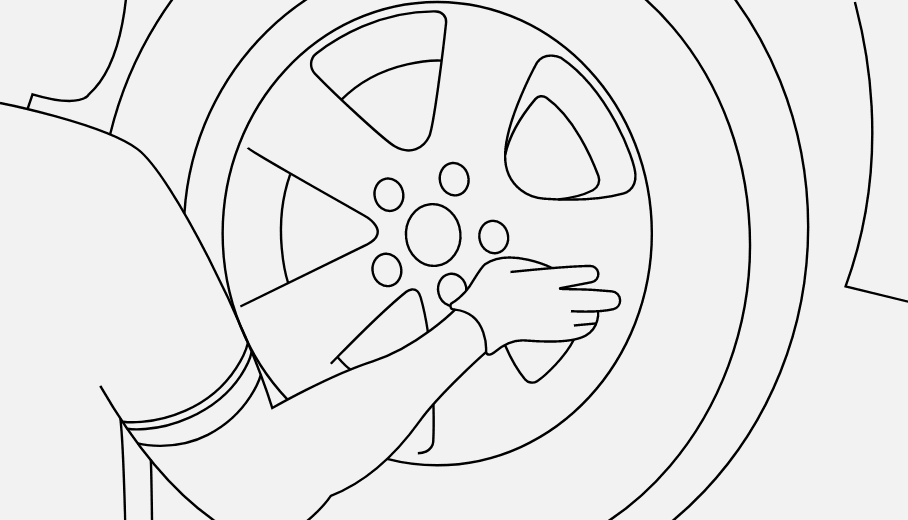
Step 1
Detach the tire and wheel from the vehicle.
-

Step 2
After separating the tire and wheel, replace with a new tire.
-
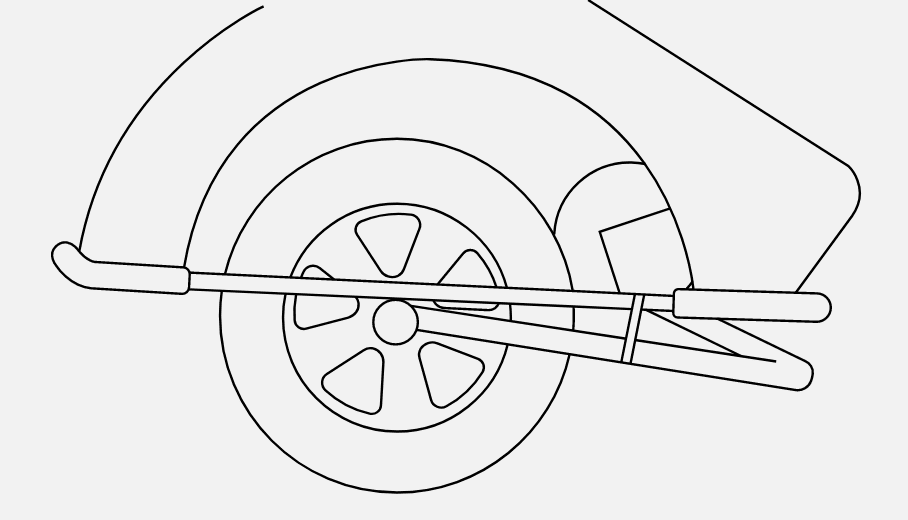
Step 3
Check tire balance
-

Step 4
Attach the newly attached tire and wheel to the vehicle
-

Step 4
Attach the newly attached tire and wheel to the vehicle
Store with a Wheel
